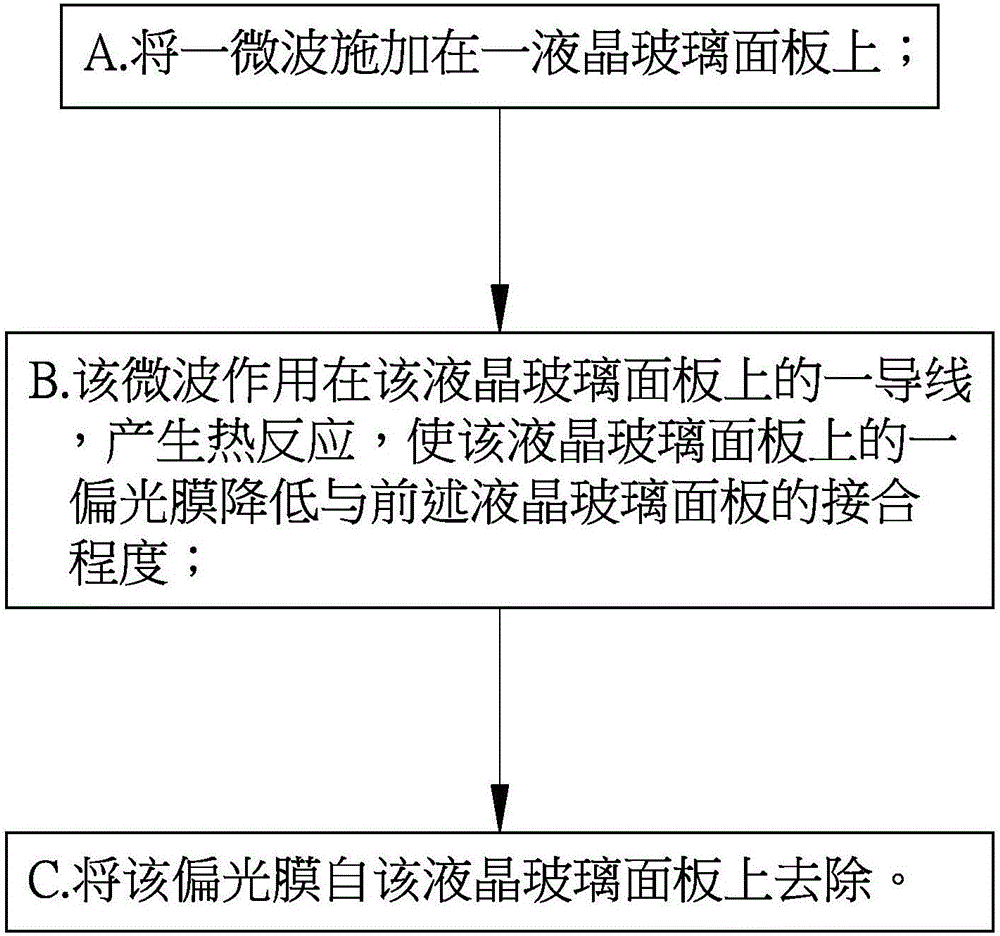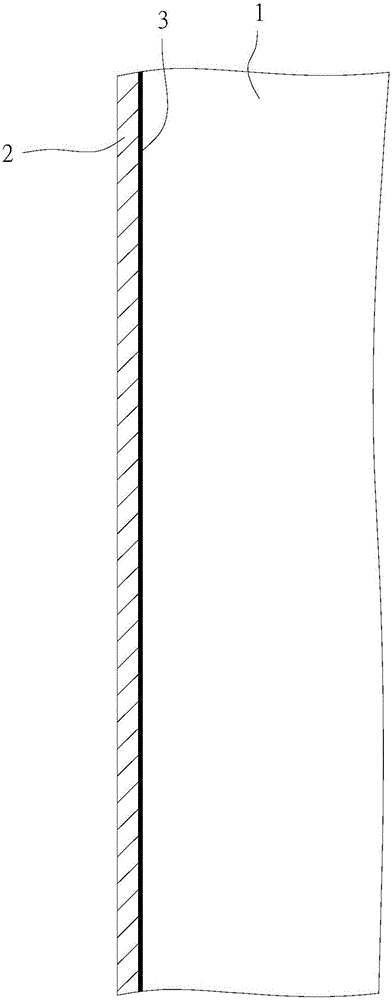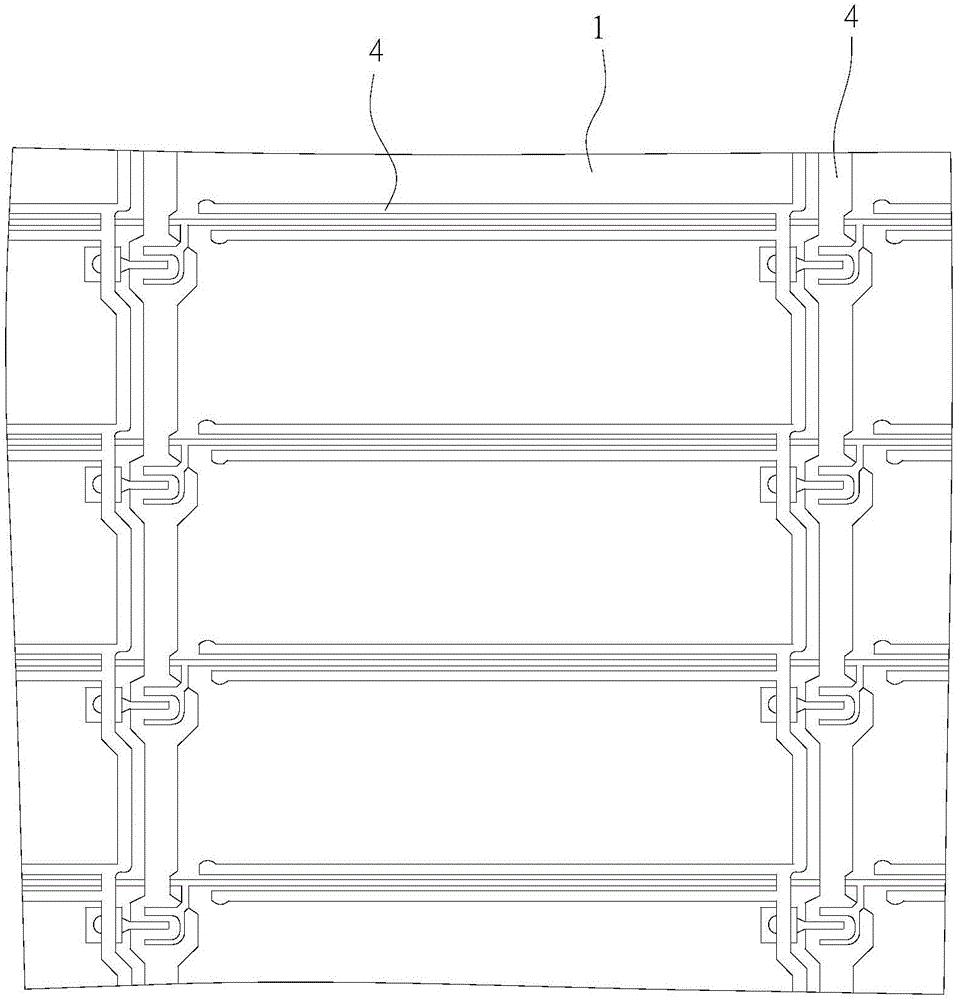Method for separating polarizing film of liquid crystal glass by microwave heating
A liquid crystal glass, microwave heating technology, applied in optics, nonlinear optics, instruments, etc., can solve the problems of slow glass heat transfer, long processing time, long processing time, etc., and achieve low microwave processing cost and short processing time. , the effect of short heating time
- Summary
- Abstract
- Description
- Claims
- Application Information
AI Technical Summary
Problems solved by technology
Method used
Image
Examples
Embodiment Construction
[0029] Based on the above technical features, the main functions of the method of microwave heating and separating the polarizing film of the liquid crystal glass of the present invention will be clearly presented in the following examples.
[0030] see figure 1 and figure 2 As shown, in this embodiment, a microwave is applied on a liquid crystal glass panel 1 to remove a polarizing film on the liquid crystal glass panel 1, wherein the polarizing film 2 is bonded to the liquid crystal glass panel 1 through a bonding layer 3 , the bonding layer 3 is, for example, glue:
[0031] A. The power of the microwave acting on the aforementioned liquid crystal glass panel 1 is between 800 watts and 1000 watts, and the microwave action time is between 10 seconds and 40 seconds; preferably, the power of the microwave is 900 watts, and the microwave action time is 30 seconds . In this embodiment, an area of 50mm is multiplied by 50mm, and a liquid crystal glass panel 1 with a thicknes...
PUM
| Property | Measurement | Unit |
|---|---|---|
| thickness | aaaaa | aaaaa |
Abstract
Description
Claims
Application Information
 Login to View More
Login to View More - Generate Ideas
- Intellectual Property
- Life Sciences
- Materials
- Tech Scout
- Unparalleled Data Quality
- Higher Quality Content
- 60% Fewer Hallucinations
Browse by: Latest US Patents, China's latest patents, Technical Efficacy Thesaurus, Application Domain, Technology Topic, Popular Technical Reports.
© 2025 PatSnap. All rights reserved.Legal|Privacy policy|Modern Slavery Act Transparency Statement|Sitemap|About US| Contact US: help@patsnap.com



